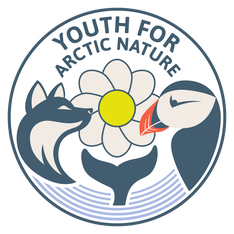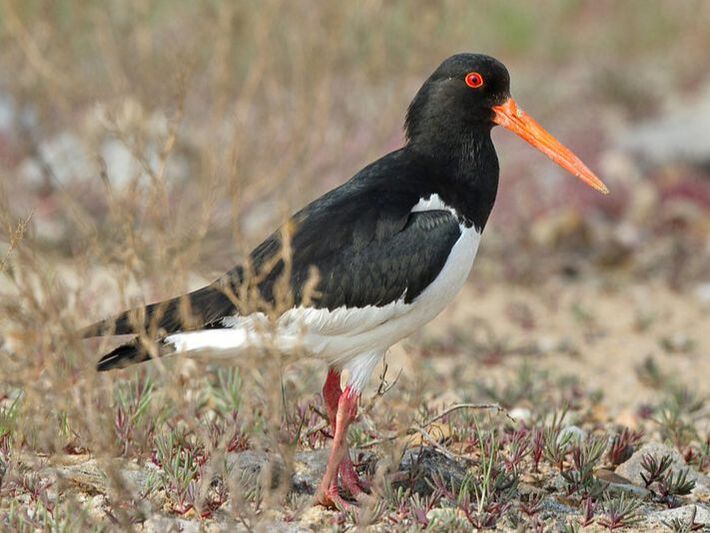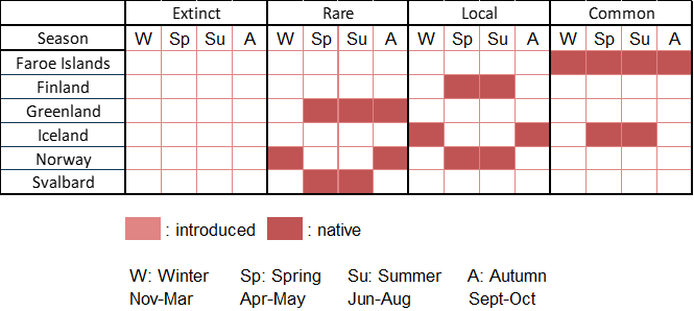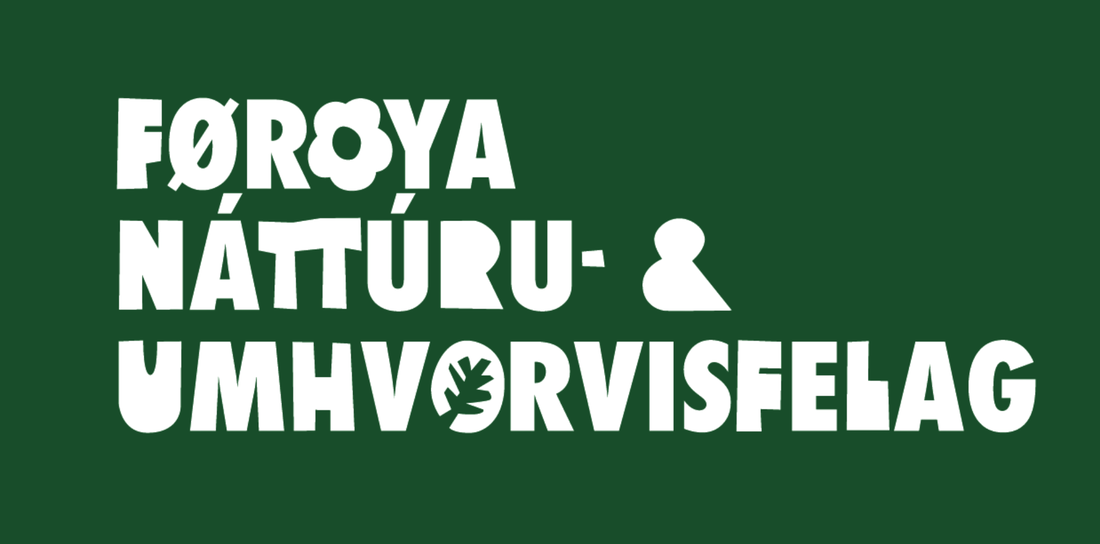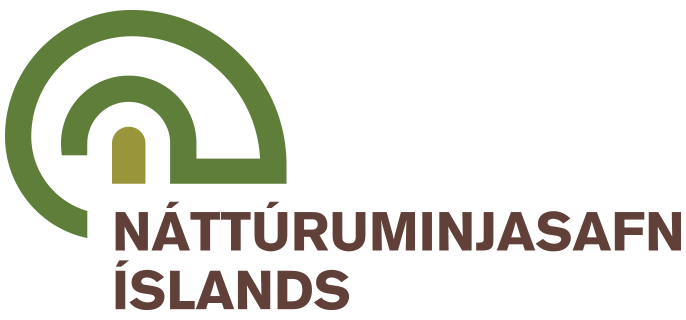|
Vulnerability: near threatened (population decreasing) Invasive: no Identification: easy (striking plumage) Monitoring: easy |
|
What is it? The oystercatcher is a fairly large bird, especially for a wader. It measures 40 cm to 47.5 cm in length, for wingspans between 80 cm and 86 cm. It weighs around 600 grams. It is easy to identify due to its striking black and white plumage. The eyes are red with orange outer circles, the bill is orange and can measure up to 9 centimeters. The legs are pink. This bird is usually seen in pairs or groups, and will intimidate intruders away from nests with its very loud cry. |
|
Where is it? The Eurasian oystercatcher breeds in fragmented populations from Iceland to eastern Siberia, and winters in North Africa. In the East Atlantic Arctic, it breeds around Iceland, the Faroe Islands, and Fennoscandia. It is a regular visitor to Svalbard in spring and early summer, and a rare visitor to Greenland from April to October. Some individuals winter in Iceland and the Faroe Islands.
|
|
Interesting facts |
- Contrary to what its name suggests, the diet of the oystercatcher consists mainly of cockles, mussels, and earthworms.
- The oystercatcher is one of the largest waders in the East Atlantic Arctic, just behind the Eurasian curlew.
Pictures
- "Eurasian Oystercatcher" by naturalengland is marked with CC BY-NC-ND 2.0.
- "蠣鴴 Eurasian Oystercatcher (ミヤコドリ)" by Hiyashi Haka is licensed under CC BY-NC-SA 2.0.
References
- Birding Svalbard. (2021). Norwegian Ornithological Society. http://www.svalbardbirds.com/index.html
- BirdLife International (2022) Species factsheet: Haematopus ostralegus. Downloaded from http://www.birdlife.org on 11/05/2022.
- Hilmarsson, J. Ó. (2011). Icelandic Bird Guide: Appearance, Way of Life, Habitat (3rd ed.). Mal Og Menning.
- Olofson, S. (2012). Birds of the Faroe Islands. Visit Faroe Islands. www.visitfaroeislands.com.
- Svensson, L., Mullarney, K., Zetterström, D., & Grant, P. J. (2010). Collins Bird Guide: The Most Complete Guide to the Birds of Britain and Europe (2nd ed.). Collins.
